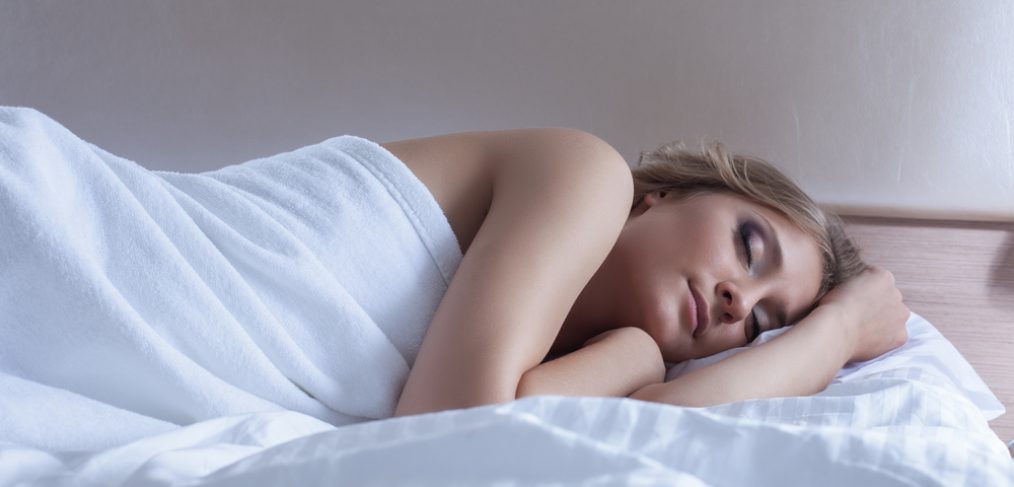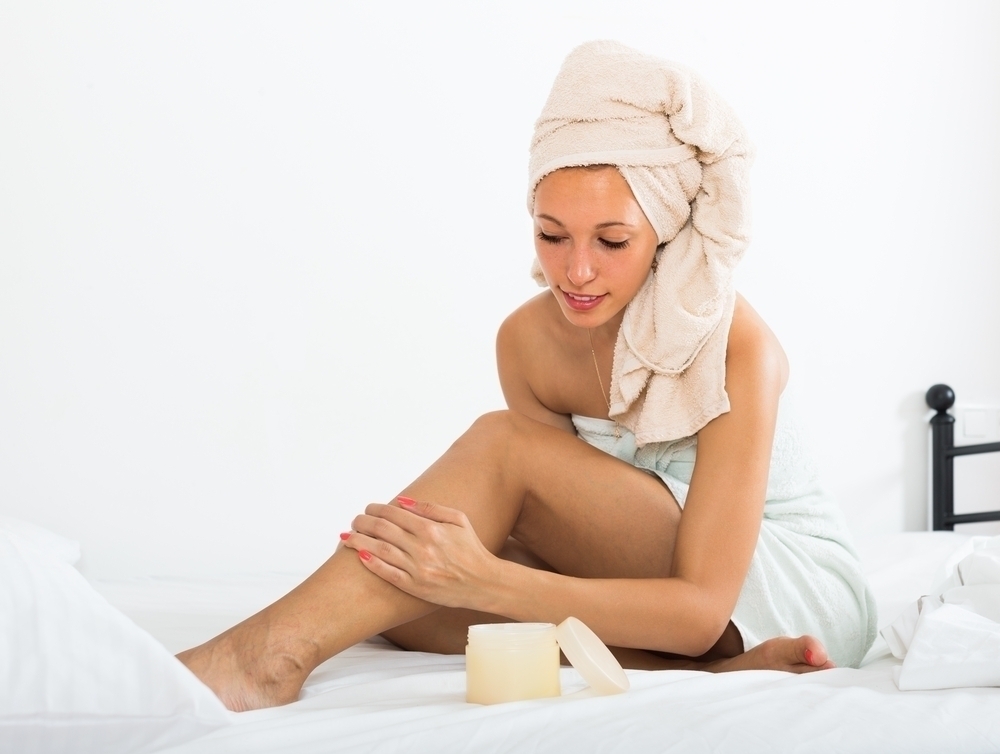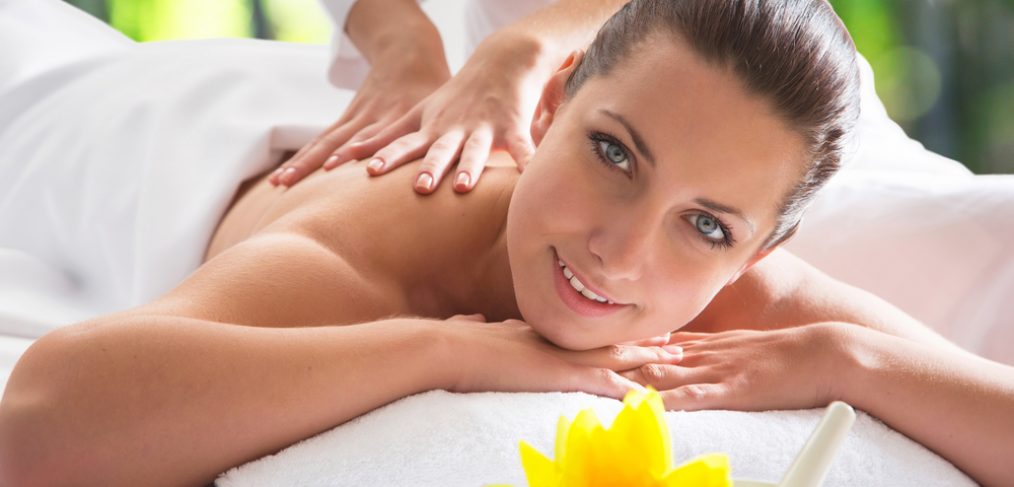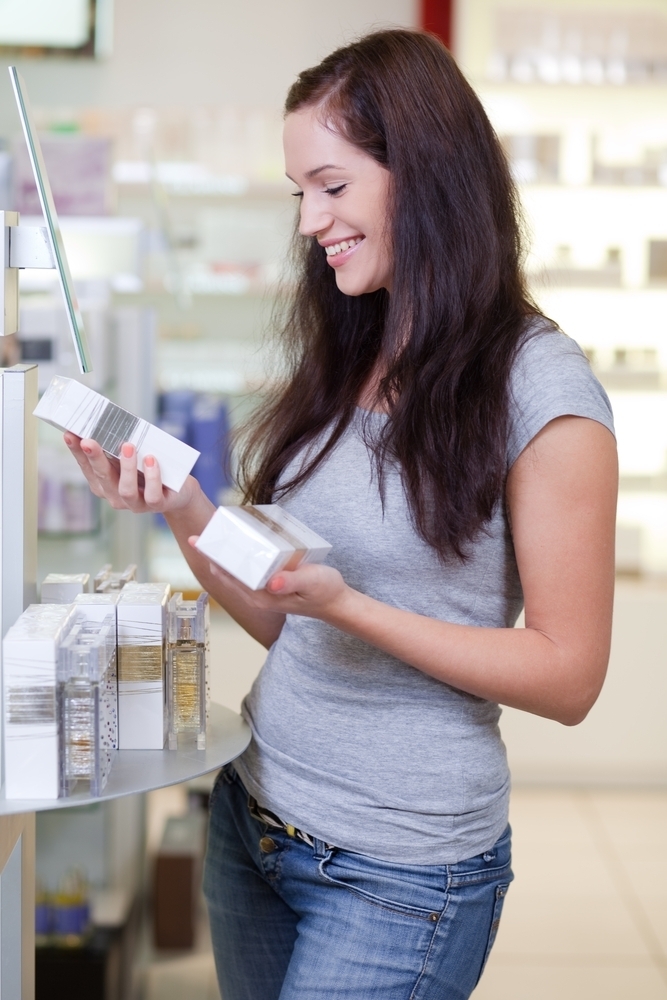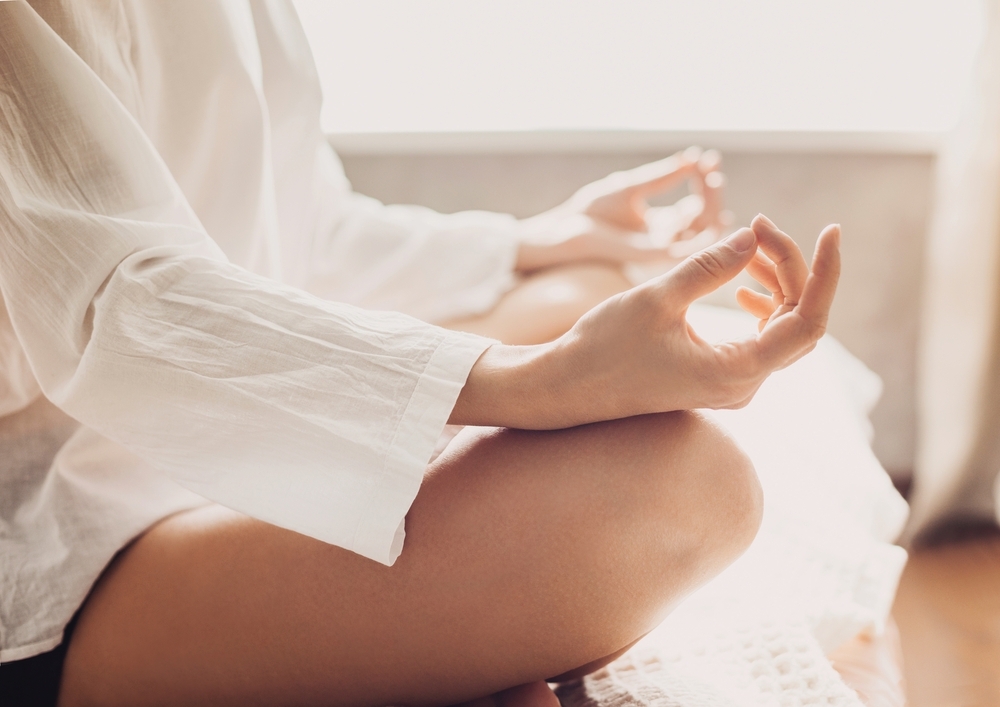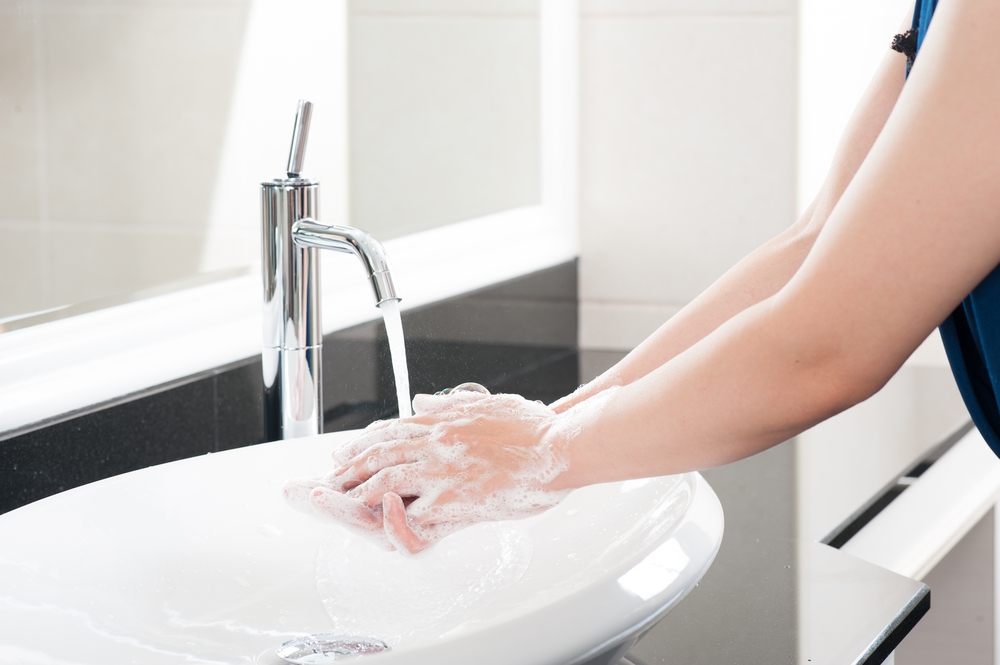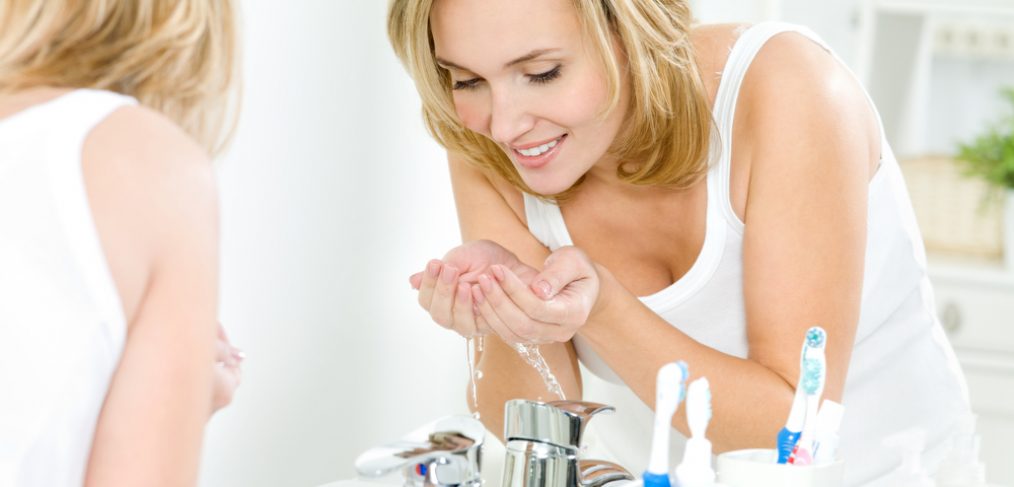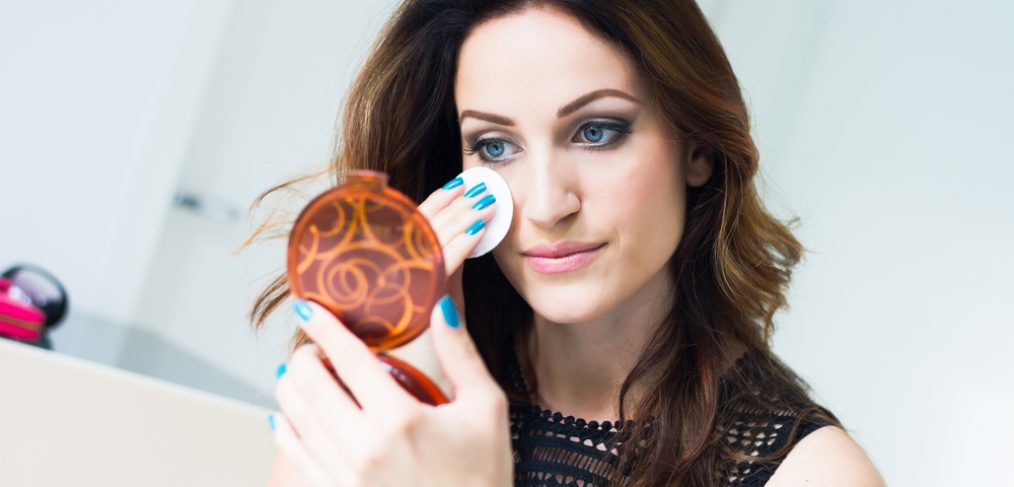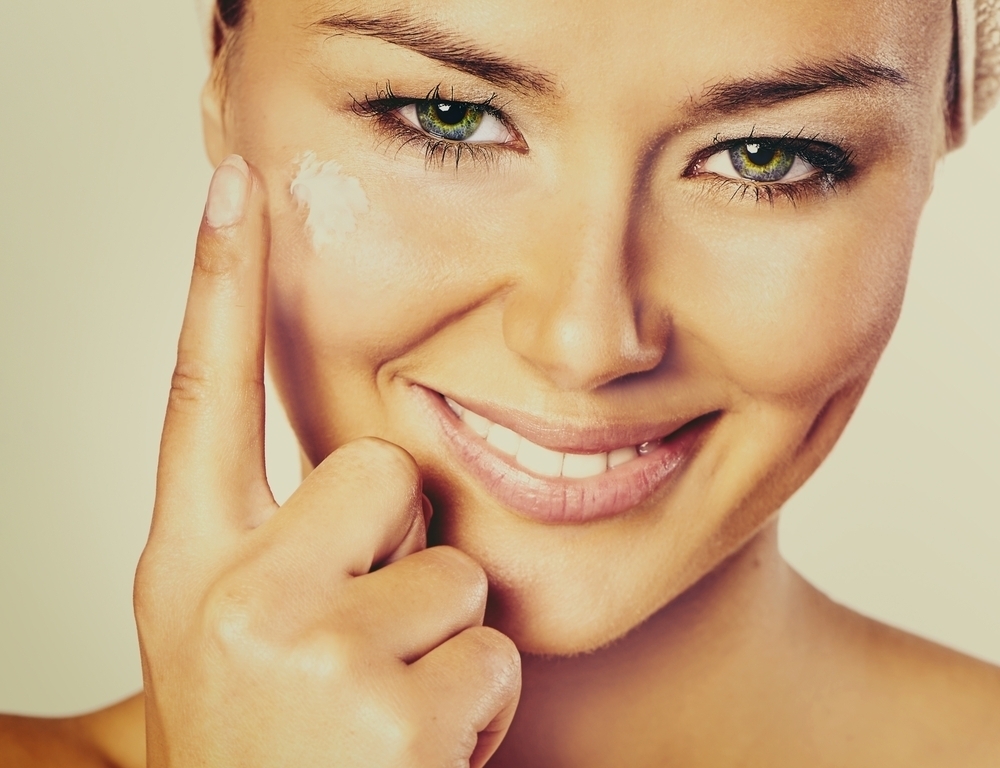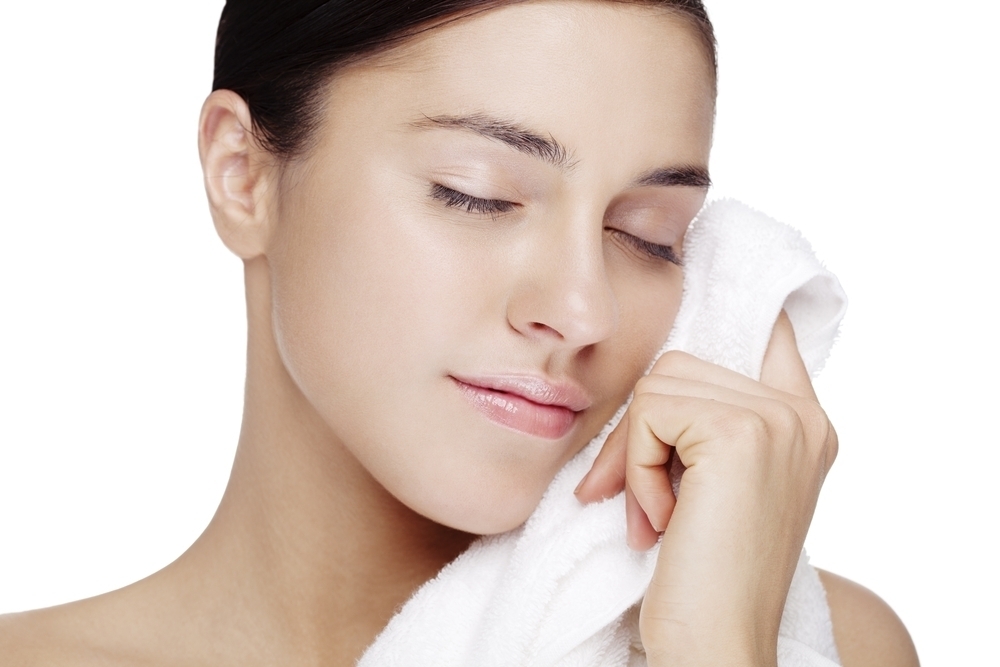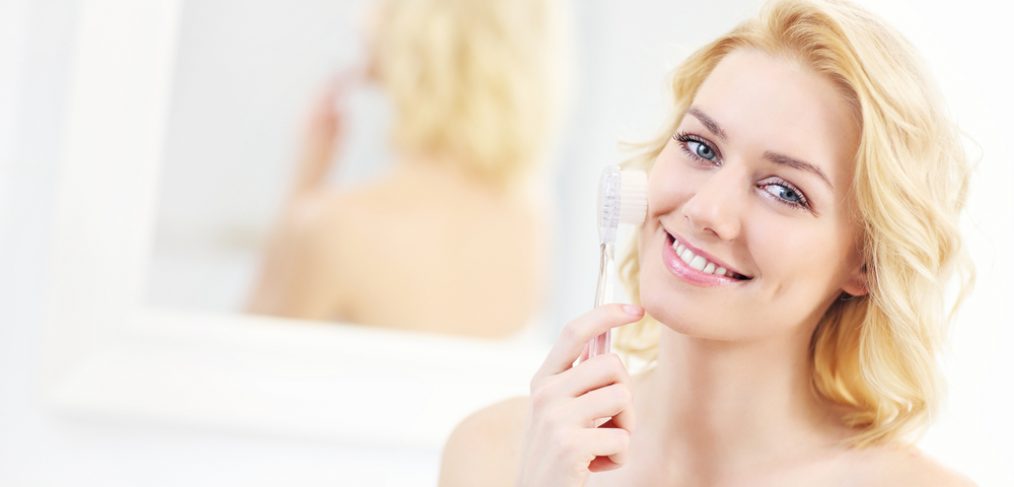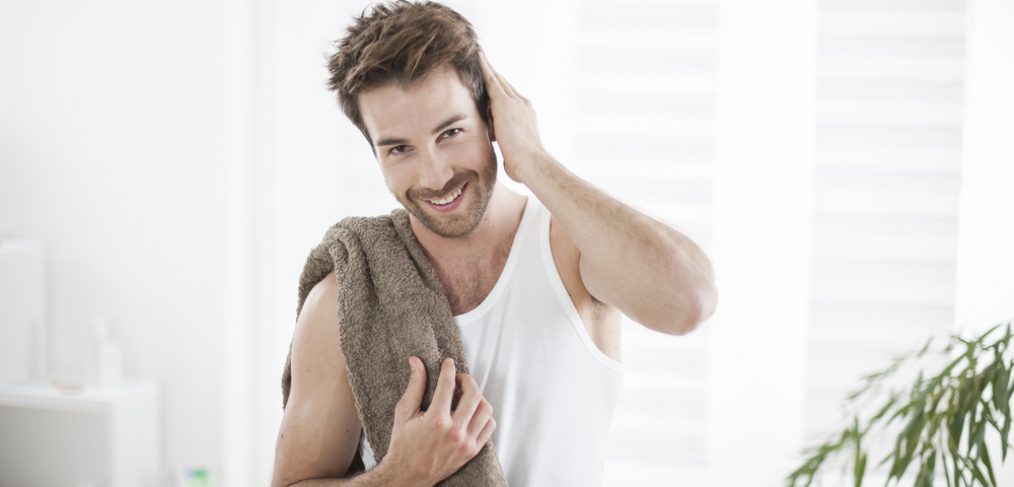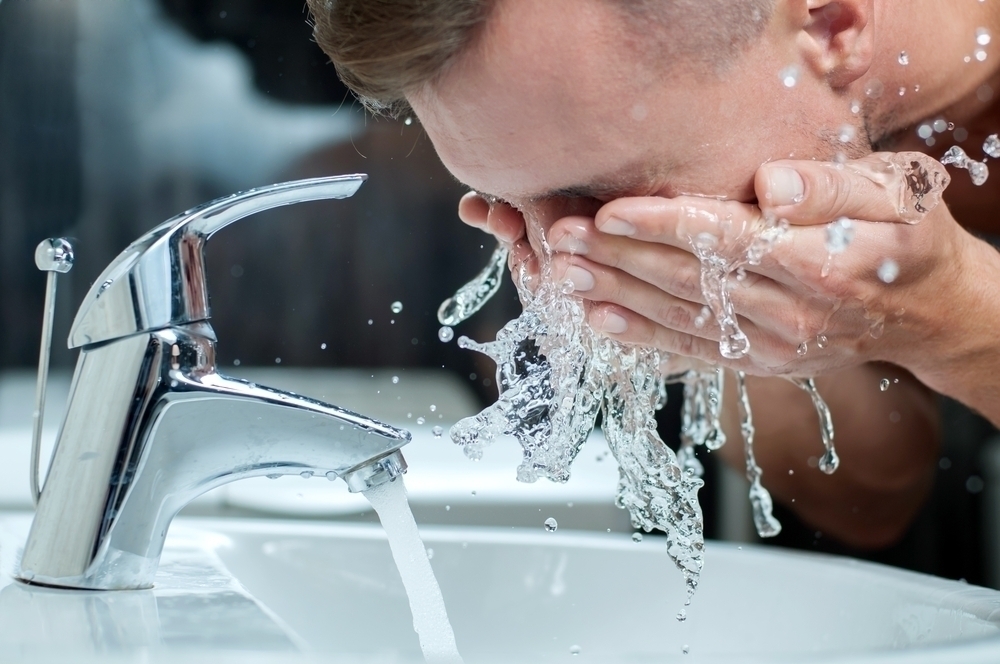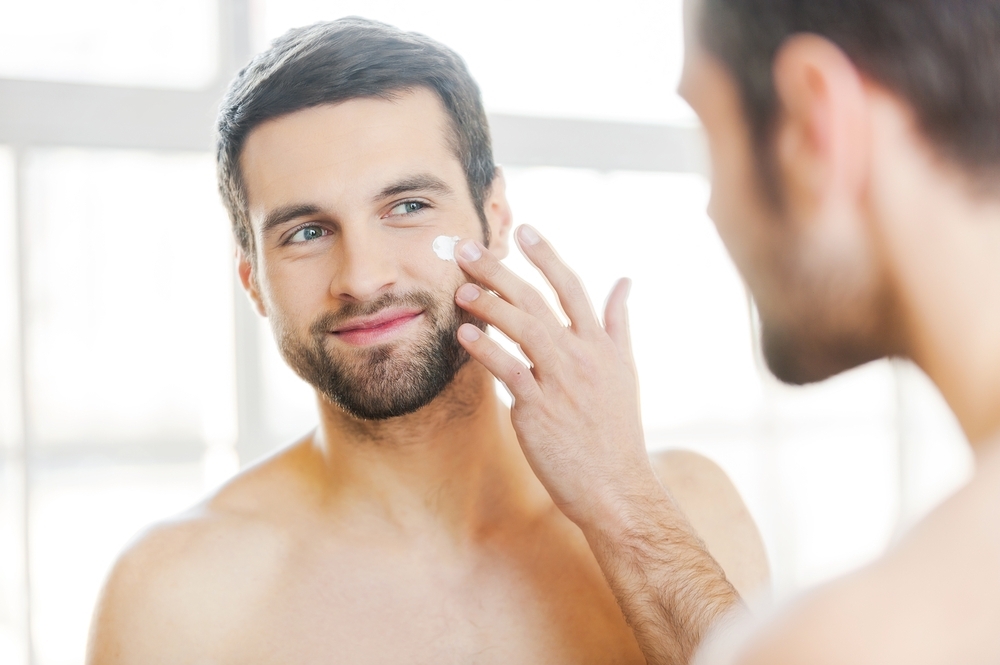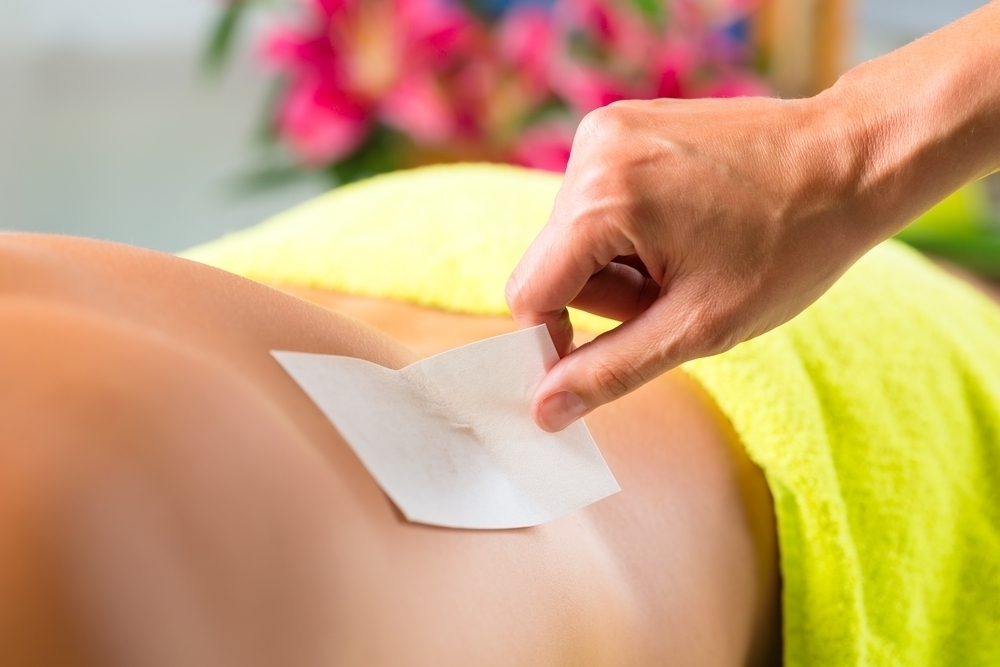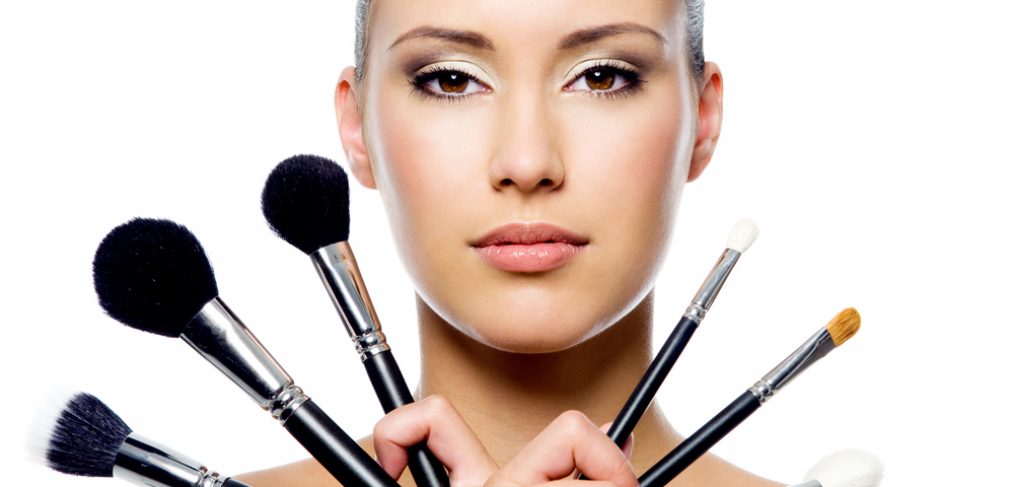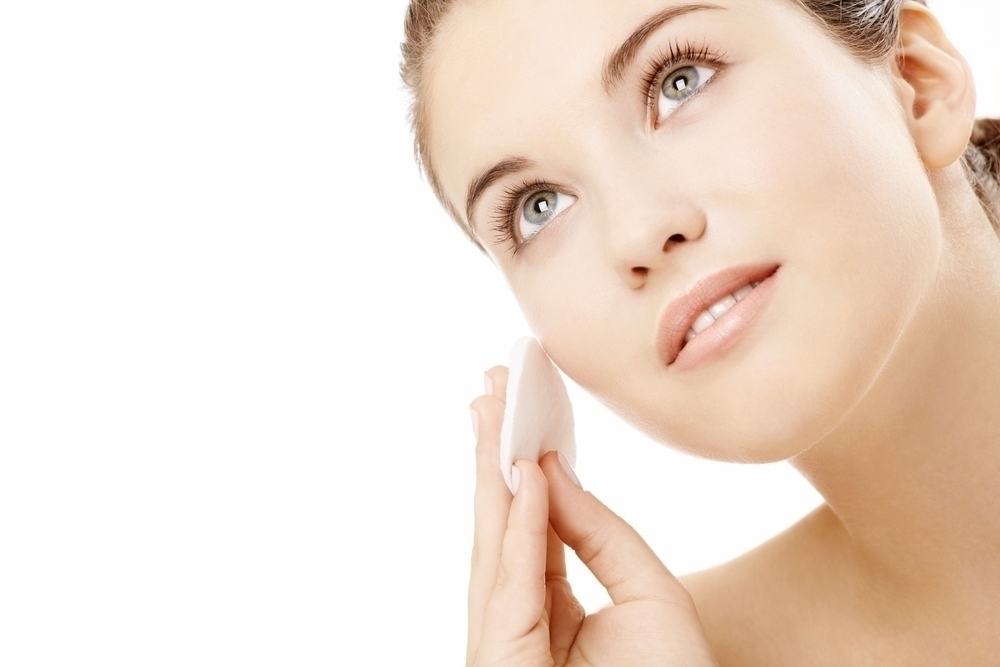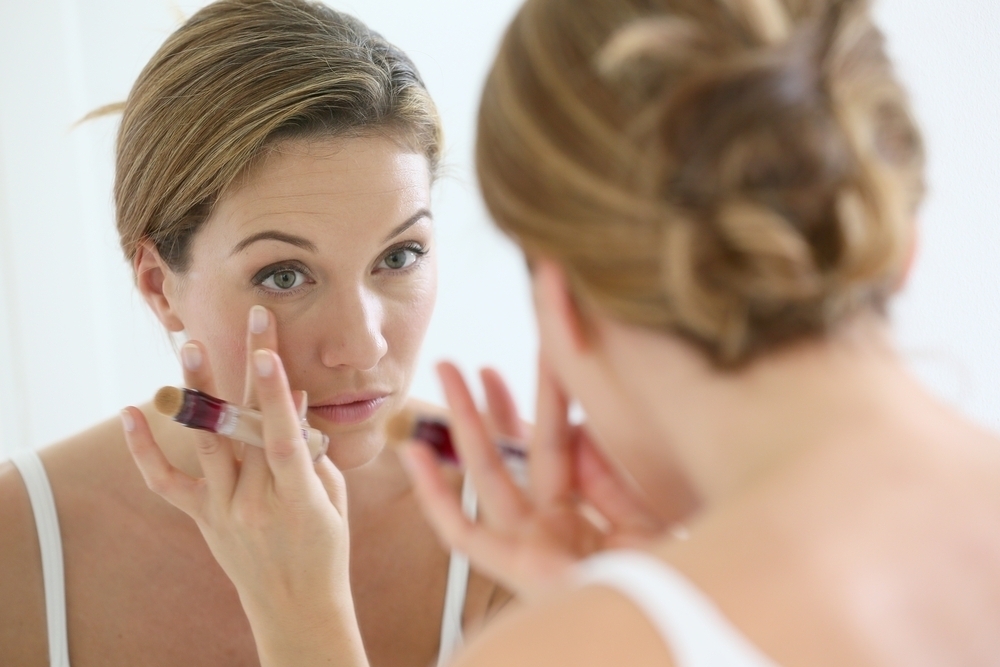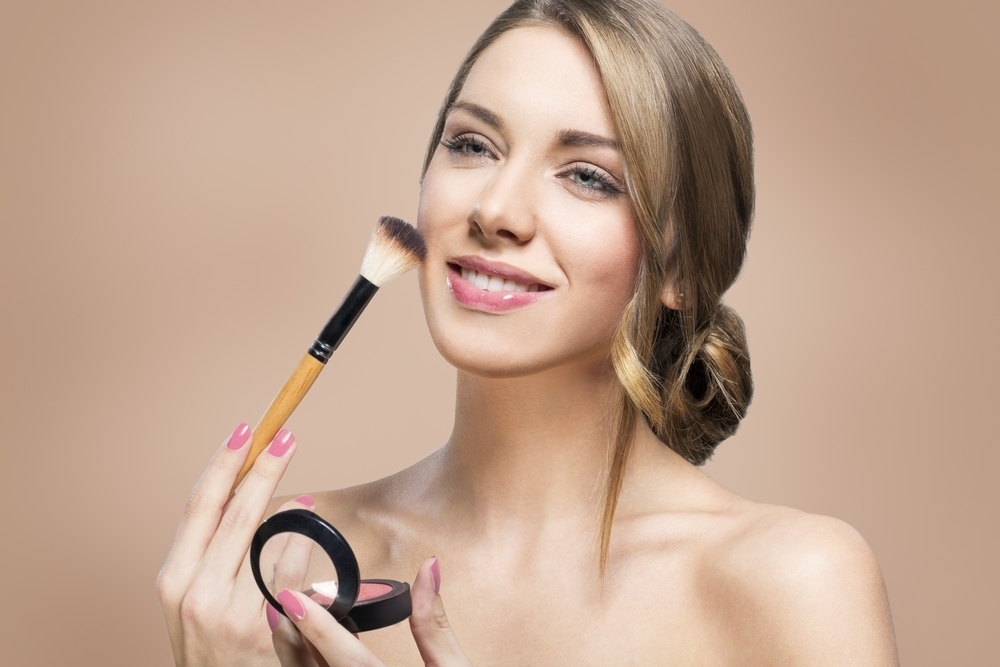“To everything there is a season” and to every season there is a new skin regimen. In the summer, we sun proof, in the winter, we moisturize, and in the fall? What do we do in the fall? If you got questions, we got answers.
Fall is rough on the skin because it is a time of transition. Not only is the drying weather a problem, but new routines and busier schedules put our complexions under stress. Our skin is subject to imbalances such as, flakiness, and eczema breakouts and dryness. Here are some ways to prepare and keep your skin beautiful in this season of change.
1. Buy A Humidifier
One of the the reasons autumn is so dehydrating is drop in the humidity level. Dryness leads to inflammation, which is why rosacea and eczema are so prevalent in the fall months. The solution? Bring the humidity back with a humidifier. Use humidifiers to boost the moisture level in the home or office and increase hydration. It may also reduce redness and increase comfort levels.
2. Slather On The Oil
Nourish dry skin with some natural oil. Not only does oil help to maintain the skin’s elasticity, it decreases trans-epidermal water-loss. Worried about worsening acne? Don’t be. Lubricating skin loosens dry, pore- clogging sebum and helps to bring balance to acne prone skin. It is important that when choosing an oil, you aim for one with natural ingredients; mineral oil will not absorb as well. Your best options are olive, jojoba, and coconut oil.
3. Hydrate
Moisturize from the inside as well as the outside. Hydration includes the increased consumption of foods like moisture-rich fruits, leafy greens, and healthy fats. Soups and stews are great for you and great for the season. Avoid dehydrating dry meats, alcohol, starches, and caffeine.
4. Feel The Peel
Exfoliate! It gets rid of dead skin and clears pores allowing the skin to absorb oils and moisturizing elements to replenish skin and prevent dry skin patches form appearing. Peeling is also crucial for circulation and keeps skin looking young. While you may choose to use an intense scrub on your body, you may want to use a gentler product on the face.
5. Stimulate Circulation
Cold weather constricts the blood vessels making for dull looking skin. Strong blood flow transports waste from our skin cells while delivering oxygen, keeping skin healthy and bright. Use skincare with ingredients such as lemon, oil, Vitamin C, ginseng, and ginger. These will help to restore color, improve circulation and increase collagen for anti aging.
6. Nurture Your Skin
Pamper yourself with a facial. The pore extracting elements will help to purify skin and the massage portion with boost blood flow and brightness. Masking treatments can be tailored to your beauty needs and aid in stress relief.
If you have any fall skin tips, please share. We welcome your insight!




